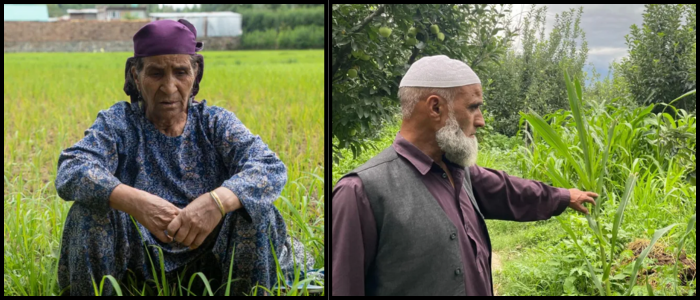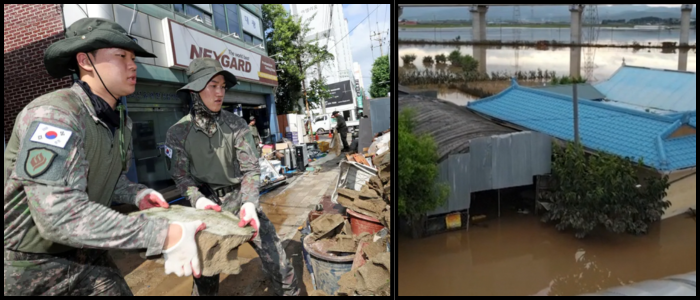Temperatures in the region soared to 37.4°C (99.32°F), the highest in 70 years and at least 7°C above the seasonal average. This June was also the hottest in five decades. Authorities were forced to shut down educational institutions for two weeks due to the extreme heat.
Agriculture and Livelihoods in Jeopardy
The impact on farming, which is the main source of livelihood for most in Kashmir, has been devastating. Erratic rainfall and prolonged dry spells have made it increasingly difficult for farmers to maintain crop yields. Zaina Begum said that over the past five years, her family has been unable to harvest a healthy batch of paddy.
Similarly, in the Bandipore district, Ali Mohammad's apple orchards are suffering. After switching from paddy to apples two decades ago, he believed the new crop would fare better. However, the lack of rainfall and dried-up irrigation canals has left his 15-acre orchard with wilting trees.
Experts say Kashmir's temperatures have increased by an average of 0.5°C per decade between 1980 and 2020. Mukhtar Ahmad, head of the regional weather office, confirmed the valley has already seen three heatwaves this season, drying up rivers and streams.
The heat has also taken a toll on human health. Parveez Ahmad, a 63-year-old resident of northern Kashmir, had to be hospitalised due to severe breathlessness. Doctors attributed his condition to the intense heat and humidity.
Climate Change and Rapid Urbanisation Worsen the Crisis
Environmental scientists say climate change is driving extreme weather in Kashmir, leading to hotter summers, delayed snowfall, and rapid glacier melt. Glaciologist Mohammad Farooq Azam warned that these changes pose long-term threats to water security, agriculture, and biodiversity.
Kashmir's weather largely depends on western disturbances—storms from the Mediterranean, which have become weaker and less frequent. This leads to reduced snowfall and earlier exposure of bare ground, which absorbs more heat and contributes to rising temperatures.
Professor Jasia Bashir from the Islamic University of Science and Technology pointed out that Kashmir has minimal industrial activity and low carbon emissions, yet it is suffering the consequences of global climate change. She also highlighted the role of rapid urbanisation, with farmland and forests giving way to buildings, disrupting natural climate regulation.
Reports show that Jammu and Kashmir lost about 0.39% of its tree cover between 2001 and 2023. Additionally, over 600,000 trees were removed in recent years, having been identified as river encroachments.
Rising temperatures are also increasing energy demands in urban areas, especially for cooling, which further contributes to greenhouse gas emissions and a cycle of warming.
Although critics say environmental issues lack political attention, regional government spokesperson Tanvir Sadiq stated that authorities are taking the matter seriously and exploring solutions.
But for farmers like Zaina Begum, the clock is ticking. "We have nothing left. If nothing changes soon, we will be doomed," she said.
Environment

Kashmir's Heatwave Threatens Farms and Lives

Farmers and residents in Indian-administered Kashmir are grappling with a severe heatwave that has brought record-breaking temperatures and worsening drought conditions. In Pulwama district, farmer Zaina Begum watched her one-acre paddy field wither as she waited in vain for rain. Although rainfall arrived recently, it was too late to save her crop.















